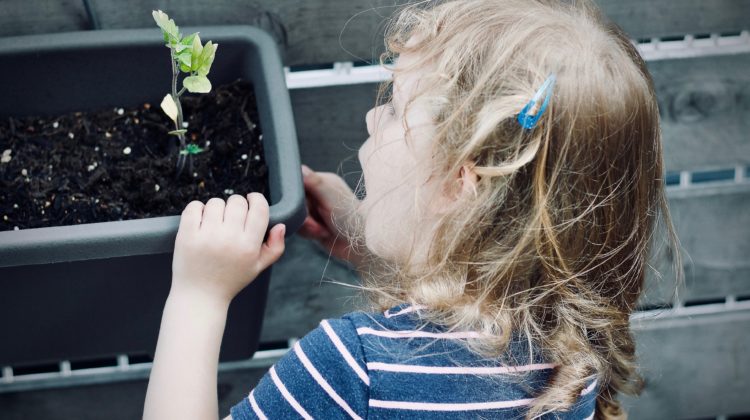
Been gardening more this year? Want to get your kids into it too? At some point, you’ll want to start composting to take your garden to the next level. That’s why we’ve pulled together this easy-to-follow guide to composting for kids.
We’re all spending more time at home these days, but that doesn’t mean you have to stay indoors. Composting is an eco-friendly activity you can do in the backyard that helps reduce your family’s waste and create healthy soil feeder for your plants.
By reusing compostable waste and turning it into soil, you’ll help your yard retain moisture, suppress plant disease and even deter pests. Keep reading to learn more about how you can start a compost pile at home.
What is composting, and why is it important?
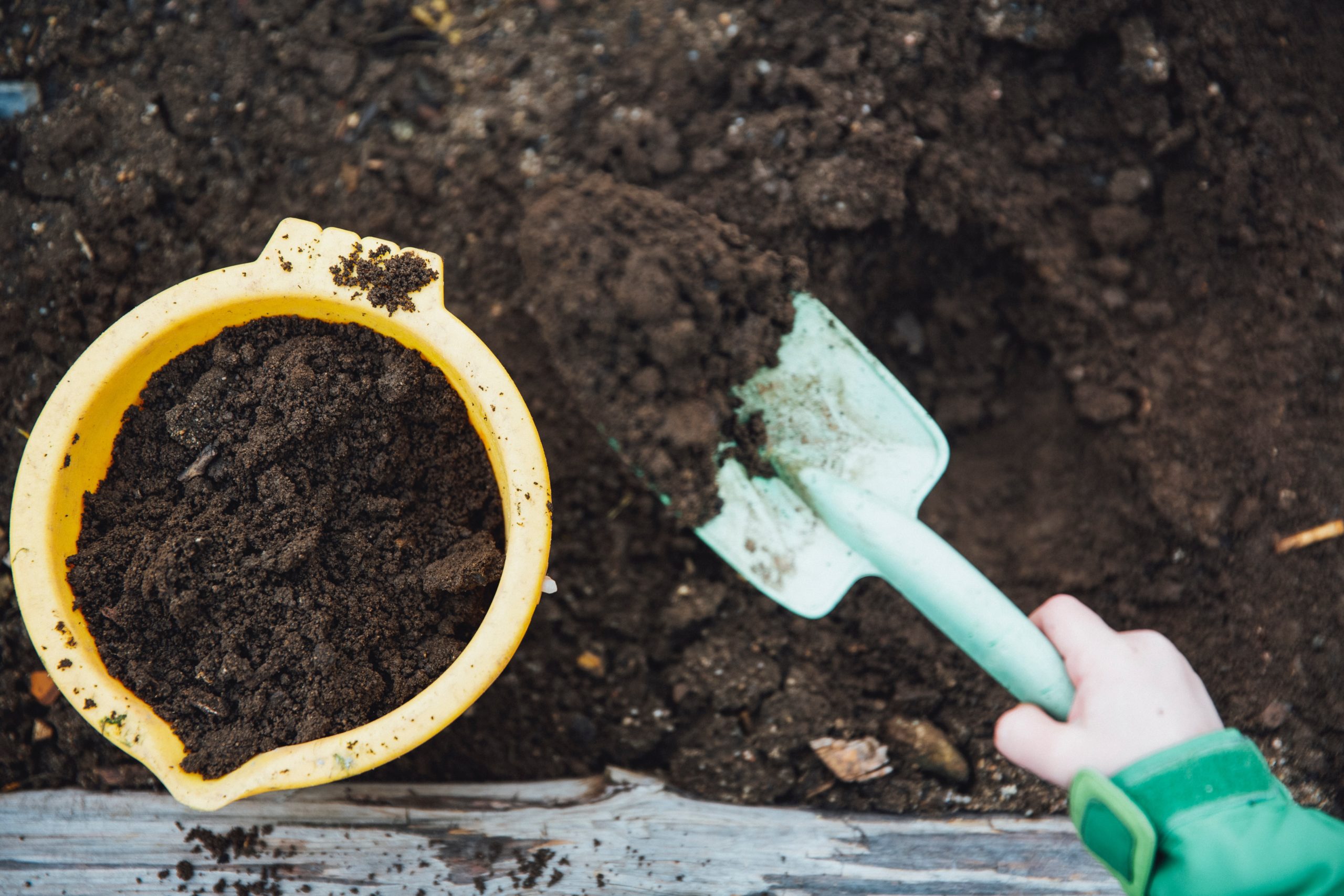 Compost is organic matter that has been broken down into nutrient rich topsoil. In other words, items such as eggshells and coffee grounds can be added to a compost pile and it speeds up their natural decomposition process, allowing you to take advantage of the nutrients quickly. The topsoil that ultimately is created from your compost pile can then be reused to feed your yard or garden.
Compost is organic matter that has been broken down into nutrient rich topsoil. In other words, items such as eggshells and coffee grounds can be added to a compost pile and it speeds up their natural decomposition process, allowing you to take advantage of the nutrients quickly. The topsoil that ultimately is created from your compost pile can then be reused to feed your yard or garden.
Compost is an eco-friendly alternative to tossing or recycling scraps. Since nearly 25% of all the solid waste from U.S. households comes from the kitchen, composting the organic waste is a great way to reduce the amount of trash you send to the landfill.
Compost this, not that
Even your yard is picky about what it eats. Not every kitchen scrap should end up in your pile, because some organic matter can delay composition or even poison your compost.
Materials that are rich in carbon or nitrogen help speed up the decomposition process, making your compost pile work faster and generate more nutrients. Hang this free kitchen printable about composting for kids near your compost bin so you and the kids know what you can (and can’t) compost.
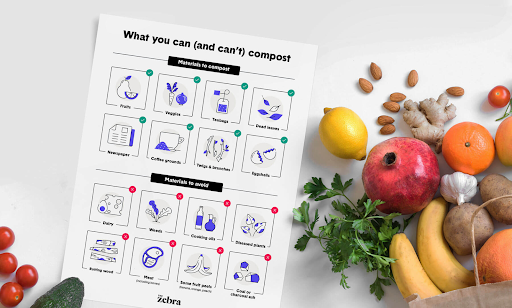
Your compost pile should be a mix of browns and greens. Browns are organic materials rich in carbon, and greens are organic materials rich in nitrogen. These materials work together during decomposition, but there should be more browns than greens in your pile (a good ratio is 3:1).
Brown compost materials:
Browns, or materials rich in carbon, can be found in both your kitchen and your yard. Here are some of the most easy-to find brown materials:
- Dead leaves
- Branches and twigs
- Egg shells
- Shredded newspaper
Green compost materials:
Most of your kitchen scraps are likely to be greens, or nitrogen-rich. Here are just some of the green materials:
- Loose tea and/or tea bags
- Fruits
- Veggies
- Old flowers
- Coffee grounds and/or filters
Materials to skip:
Now that we’ve covered what you can compost, here’s the materials you should avoid. Remember that these ingredients can slow down decomposition or even poison your pile:
- Meat
- Coal or charcoal ash
- Citrus fruit peels
- Dairy
- Cooking oils
- Diseased plants/weeds
How to set up an outdoor compost pile
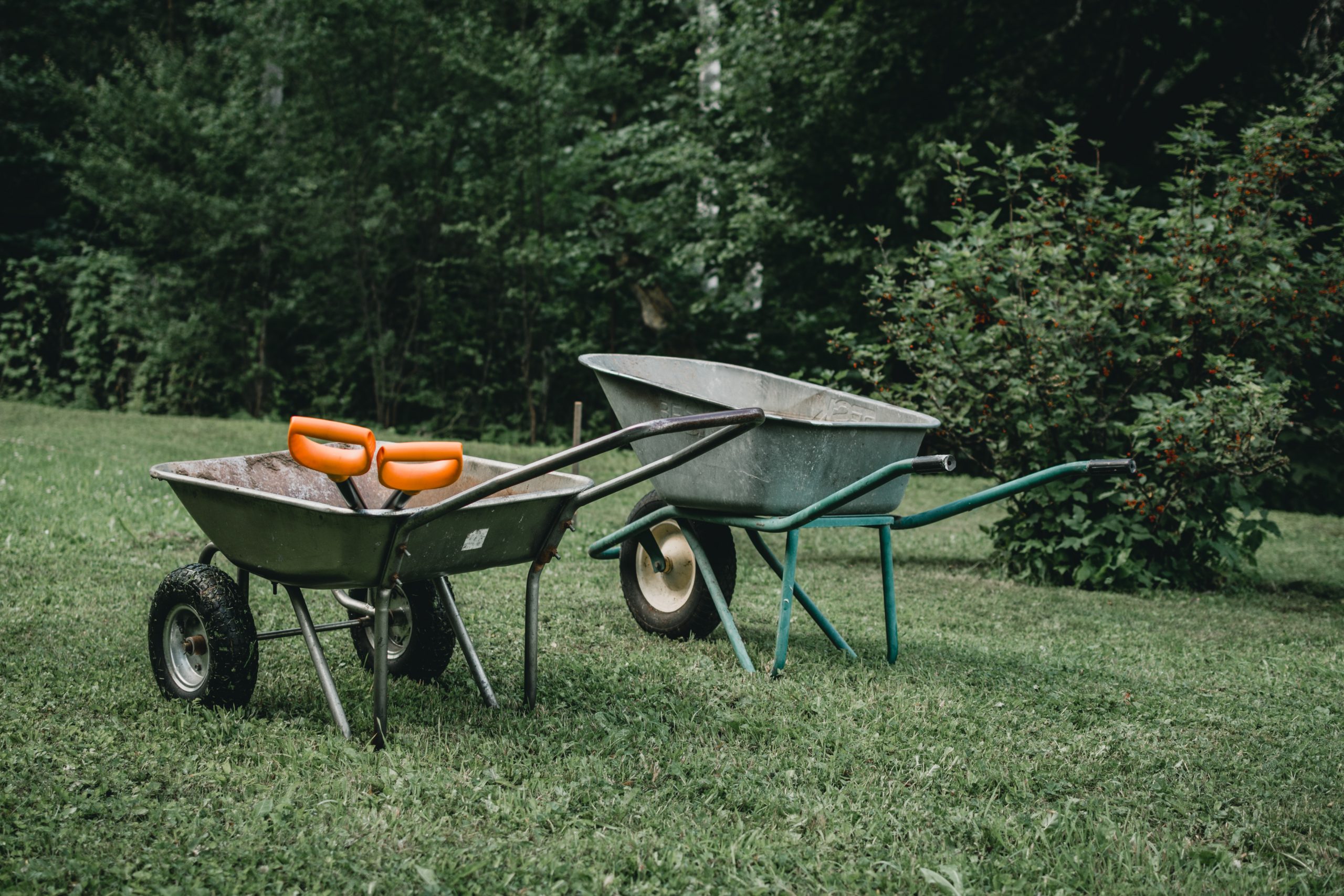 Setting up an outdoor compost pile is an easy composting activity for kids. You can fully customize your compost pile to meet your spaces needs. Whether you compost in the backyard or at a nearby community garden, or even if you set up a vermicomposting bin in your kitchen, there are plenty of ways to start reusing your kitchen scraps today.
Setting up an outdoor compost pile is an easy composting activity for kids. You can fully customize your compost pile to meet your spaces needs. Whether you compost in the backyard or at a nearby community garden, or even if you set up a vermicomposting bin in your kitchen, there are plenty of ways to start reusing your kitchen scraps today.
If you do choose to set up your bin outdoors, here are some simple tips to composting for kids that’ll get you started:
Find a shady spot
The decomposition process prefers to do its work in the shade. Find a spot that doesn’t get too much direct sunlight and then set up your compost bin. You can also create a DIY compost bin using pallets, or simply dig a hole in the ground.
Gather your organic materials
Collecting organic materials to compost is an essential step. We recommend keeping a separate compost bin in your kitchen to collect your waste, and then sort it into brown and green layers later on.
As we mentioned in the previous section, be mindful of the materials you do add to your pile. You’ll want a 3:1 ratio of browns to greens.
Layer your compost
Now it’s time to add your materials to your outdoor pile. You’ll want to begin with a thick brown layer, and then add a smaller green layer. Add some healthy nutrients as you layer by sprinkling soil from your yard in between each brown and green part.
Add moisture to your pile
In addition to browns and greens, your compost pile will also need moisture to decompose properly. It’s very important that you don’t overwater your pile, though. If it’s been a rainy week, you may not need to add any water at all.
A good way to gut check the amount moisture in your pile is to feel the soil. It should feel moist, but not soggy.
Aerate your compost:
Aerating your compost helps your organic materials break down in the pile. The most popular way to aerate compost is with a shovel. You should do this step once or twice a week — if your compost begins to feel warm and steamy, this is a sign that it’s working!
Use your compost as soil feeder
After two to four months, most of the organic materials in your compost pile should be broken down and resemble crumbly top soil. If the compost smells pleasant and earthy and there are no large organic objects left in it, it should be ready to use. Sprinkle the topsoil in your yard or garden, or even in your indoor potted plants.
Learn even more about the composting process and about alternative methods, including vermicomposting which can be done indoors, with this visual from The Zebra below!

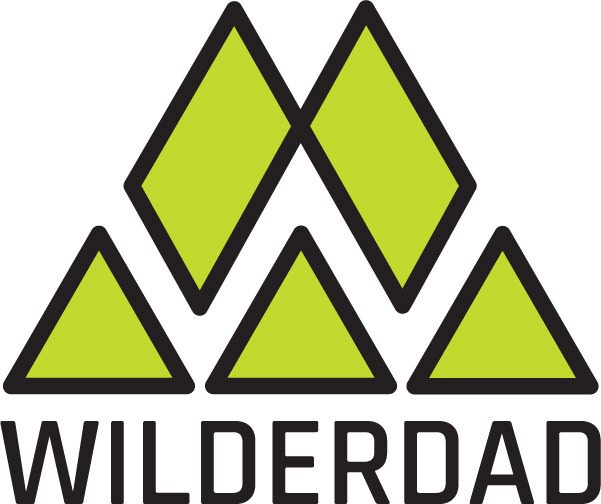
Leave a Reply
You must be logged in to post a comment.